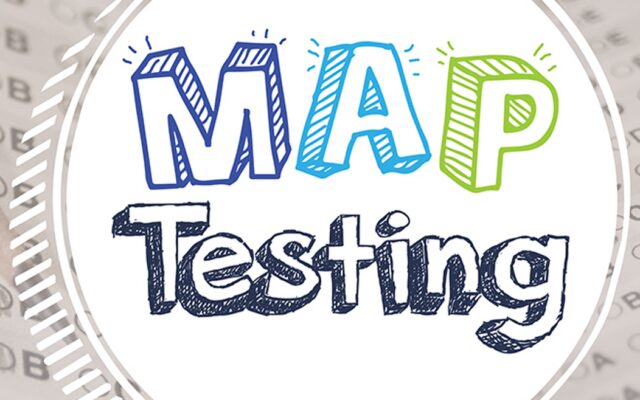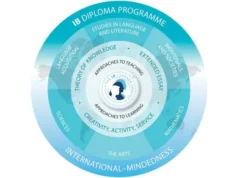
Presently, the MAP Test (Measure of Academic Progress) is the most trusted and innovative assessment developed that tracks the growth and achievement of K-12 students. It was developed by NWEA (Northwest Evaluation Association), a research-based not-for-profit organization dedicated to creating academic assessments for students K-12.
The NWEA MAP Test aims to create effective learning solutions and help students achieve learning goals. Therefore, a student must pass the test as it helps teachers develop individualized, evidential, actionable, and accurate learning solutions for students.
So, if you are someone preparing for the NWEA MAP Test, you have come to the right place. Read on to learn the most effective and efficient step-by-step ways to crack the test with flying colors.
5 step by step ways to crack the NWEA MAP Test

Understand the exam pattern and syllabus
The foremost crucial thing is familiarization with the exam pattern and syllabus. You need to understand the pattern, type of questions, and time limit. To help you here is brief information on the same:
The NWEA MAP test covers four main areas:
- Reading: It tests a student’s knowledge of different types of writing forms and ability to analyze paragraphs and correctly draw on main ideas, concepts, and themes.
- Language use: It tests a student’s vocabulary, grammar, and spelling level.
- Mathematics: It tests topics ranging from basic to advanced math.
- Science (for some grades): It is the student’s knowledge of life, earth and space, and physical sciences.
The test comprises various question types like MCQs, Fillups, and drag-and-drop answers. Every section has around 40-53 questions. The variation is due to the test’s adaptive nature and the particular section a student is being tested for.
It is an adaptive computer test where the difficulty level changes at every level as per the student’s ability. The test begins with questions matching the student’s grade level. And every time a student answers correctly, the next question gets difficult. However, if a student answers incorrectly, the next question gets easier.
Remember to consider the importance of practice tests

Sitting for practice tests is a great way to boost and build confidence. Here comes the role of parents. They should work through the questions with their kids and let the kids explain their thought processes. It helps in analyzing the strengths and weaknesses of a child.
Several websites and your kid’s school have NWEA MAP practice tests and other relevant resources. While taking practice tests, ask kids to read questions carefully and clarify if they answer any question incorrectly.
Get the right study materials and guidance
The proper guidance and study materials can do wonders long before you buy a preparatory book, research, and dedicate time to read reviews. Also, several websites offer free sample test papers and preparation materials for the NWEA MAP test. Similarly, the proper guidance plays a crucial role in attaining success. You may seek support from parents or hire an online home tutor to sail through the test.
Aim to approach the test strategically

A strategic approach is a surefire way to success. Some tips for approaching the test like a pro are:
- Get good sleep and eat a healthy diet; don’t stress.
- While taking the test, avoid hanging up on one question.
- Some questions can be difficult but don’t give up easily.
- Try to guess the answers to some difficult questions smartly.
- However, to assess the results after the test, don’t let the test negatively impact you.
- Dedicate more time to sections you face difficulty in solving.
Stay curious and have fun!
No matter what, always remember that the test is full of several exciting and challenging materials and information. So all you need to do is grab the opportunity, enjoy the learning period, and improve your knowledge base.
Conclusion
While we understand that, at times, it can get challenging to decide where to begin preparations to take the NWEA Map test, however, sailing through the test is possible with strategic planning. We recommend students sharpen their language, math, and science skills through extensive reading and taking plenty of practice tests.














